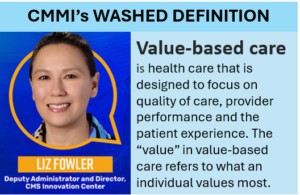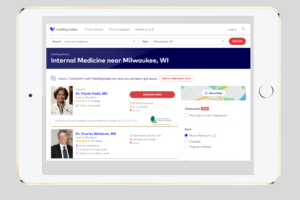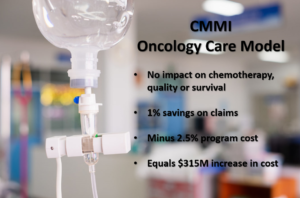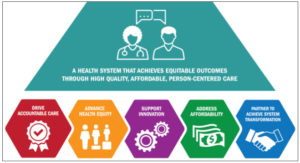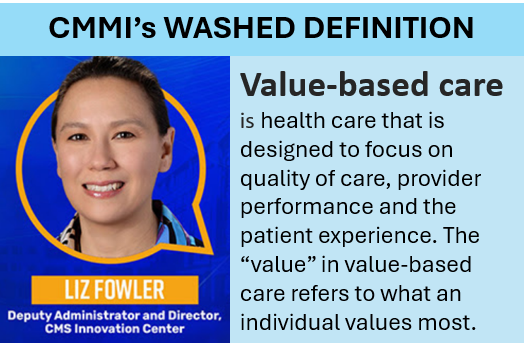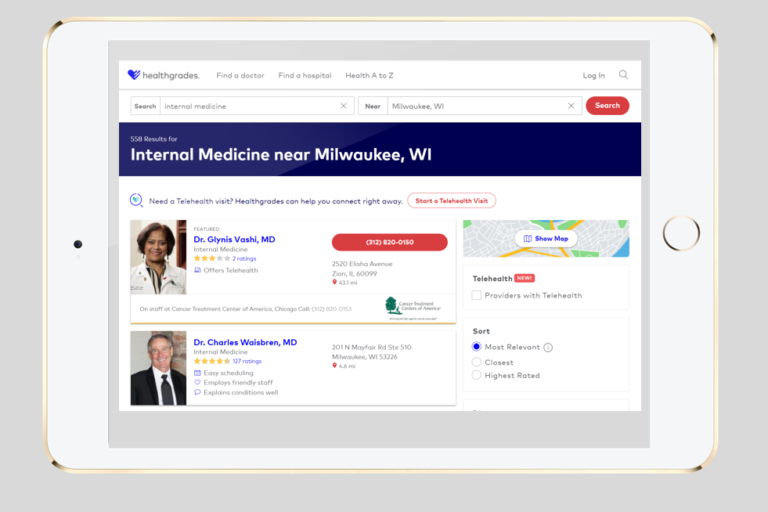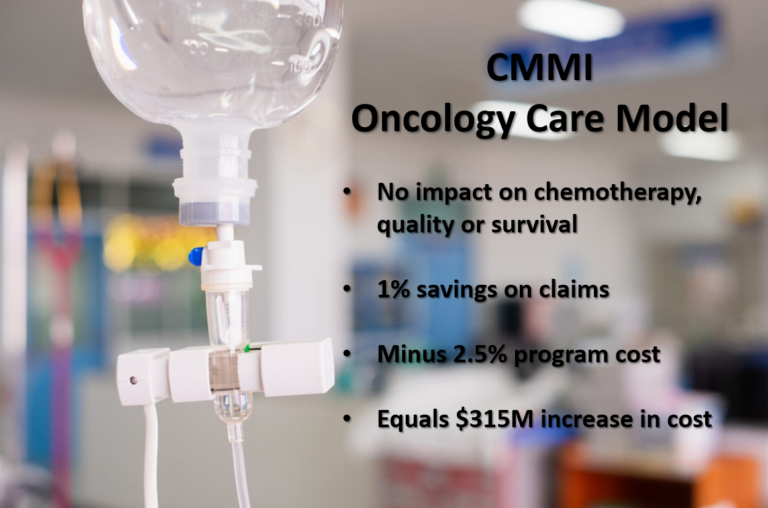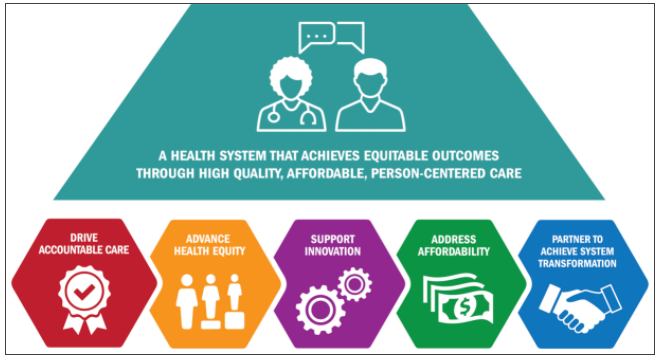A number of core elements are key to ensure the success of any care management or clinical process improvement initiative. As illustrated in the figure below, these elements include: conducting a preliminary needs assessment or problem identification; establishing an appropriate improvement team; defining the target population; identifying measurable goals and objectives; articulating the desirable decision making or care processes; designing a plan for implementation; and developing a means for ongoing monitoring.
Necessary Elements of a Care Management Initiative
Although these elements are necessary, they are not sufficient. Ultimately, the success of each clinical effectiveness initiative is dependent upon the ability to tailor the overall approach to the specific application.
Needs Assessment & Problem Identification
Care management initiatives begin with the identification of an opportunity for improvement. Such opportunities can be identified through a variety of channels. These might include review of the medical literature, observation of local practice patterns, benchmarking with peer organizations, or suggestions by leadership or patients. Regardless of the source, the key is that opportunities originate from the identification of needs or problems, not solutions. That is, although it is often tempting to propose interventions or solutions prior to stepping back and understanding the underlying clinical processes, it is only when a clear understanding of the underlying needs or problems exists that an appropriate (and therefore successful) improvement effort can be undertaken.
Establishing Improvement Team
Once a thorough understanding of the improvement opportunity exists, the next step is to identify individuals to participate in the effort. These individuals should include those with clinical and administrative expertise in the area, as well as individuals whose clinical practices are likely to be affected. By including key stakeholders in the initial improvement process, not only does the improvement effort benefit from the diversity of perspectives represented, but the process of achieving buy-in is initiated from the beginning. Attempts should be made to have multidisciplinary representation on the team.
Defining Target Population
The next step is to define the target population. Such populations are often defined based upon a clinical condition or disease. Because not all patients with the same condition or disease have the same needs, it is important to understand the different risks and severity levels within a target population. Such information can, at times, be gathered through automated data or the medical record, but often may need to be solicited from the patient regarding their perceived needs and desires (e.g., a health risk appraisal). It is often through the population identification and risk stratification process, that the specific goals and objectives of the effort begin to take form. The challenge is to establish goals and objectives that are measurable, and allow for the assessment of improvement over time.
Care Process Design
The next step is to articulate the desired care processes. Care management initiatives generally fall into two categories: those whose efforts are directed at improving existing processes versus those whose efforts are directed at more extensive process re-engineering. At times it may be appropriate to begin with a sub-process rather than attempting to change all aspects of care at once. In fact, it is often more productive to make small incremental changes than to attempt large far-reaching changes that offer a smaller probability of success.
Implementation Planning
Once the desired care processes are known, a plan for implementation can be developed. As described earlier, strategies for implementation may include patient education, staff training, local quality improvement teams, the use of information technology, and a number of other approaches. The key is to develop a multi-faceted approach to implementation and to articulate clearly what resources are required, who will be responsible for each aspect of the plan, and over what time frame the steps will occur.
Monitoring and Evaluation
The final step involves developing a means for ongoing monitoring and evaluation of efforts. To be successful, measurement and feedback must be an integral part of the care processes, not an after thought. Because measurement is costly, any measurement effort must carefully select a handful of key quality indicators. These may include measures of both process performance and patient outcomes. Outcome measures ideally include those reflective of immediate and long term impacts on patient health, satisfaction, and well being, but may also include measures of resource utilization (e.g., hospital admissions) and costs.


